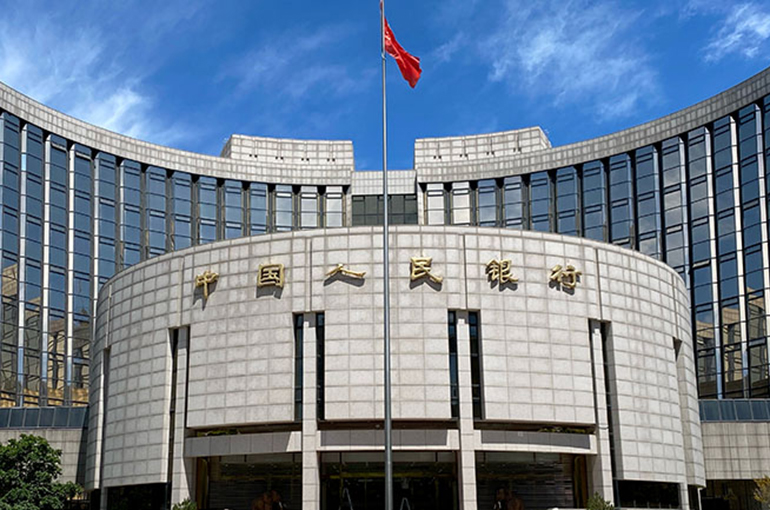 China Cuts Policy Rate, Reserve Ratio to Release USD138 Billion in Long-Term Liquidity
China Cuts Policy Rate, Reserve Ratio to Release USD138 Billion in Long-Term Liquidity(Yicai) May 7 -- China’s central bank revealed reductions in several key policy rates and the reserve requirement ratio to inject CNY1 trillion (USD138.3 billion) of liquidity into the financial system.
The RRR for financial institutions will be trimmed by 0.5 percentage points on May 15, which is projected to release around CNY1 trillion in long-term liquidity, Pan Gongsheng, governor of the People’s Bank of China, announced at a press conference today.
The RRR cut comprises two components. First, the minimum reserve requirement for large and medium-sized banks will be reduced by 0.5 percentage points, injecting more than CNY1 trillion in long-term liquidity into the banking system. Second, car financing and financial leasing firms will benefit from a phased reduction in their RRR from the current 5 percent to zero.
In addition, starting tomorrow, the interest rate on seven-day reverse repo operations will be lowered to 1.4 percent from 1.5 percent. This is expected to prompt a corresponding reduction in the five-year loan prime rate —a benchmark for mortgage rates—from 3.6 percent to 3.5 percent, lower than ever.
Market analysts say the moves clearly signal a moderately loose monetary policy stance and serve as a strong measure to support employment, stabilize businesses, maintain market confidence, and manage expectations.
Lian Ping, chairman of the China Chief Economist Forum, emphasized the urgency of lowering the RRR to release more liquidity in response to the Donald Trump administration’s recent imposition of steep tariffs on Chinese goods. These tariffs are expected to significantly impact China's foreign trade and increase volatility in financial markets, he added.
The PBOC also announced that beginning tomorrow, the interest rate on individual housing provident fund loans will be reduced by 0.25 percentage points. For first-time homebuyers, the rate on loans with terms exceeding five years will decrease from 2.85 percent to 2.60 percent, with adjustments to other terms to follow.
Additionally, interest rates on several structural monetary policy tools will be lowered by 0.25 percentage points. The relending rate to support agriculture and small businesses will drop to 1.5 percent from 1.75 percent. The rate for pledged supplementary lending —a tool used to channel funds through policy banks for projects such as affordable housing—will fall to 2 percent from 2.25 percent.
The reduction in housing provident fund loan rates is expected to ease the financial burden for homebuyers, thereby stimulating consumption and unlocking both essential and upgraded demand—supporting the stable and healthy development of the property market.
Editor: Emmi Laine